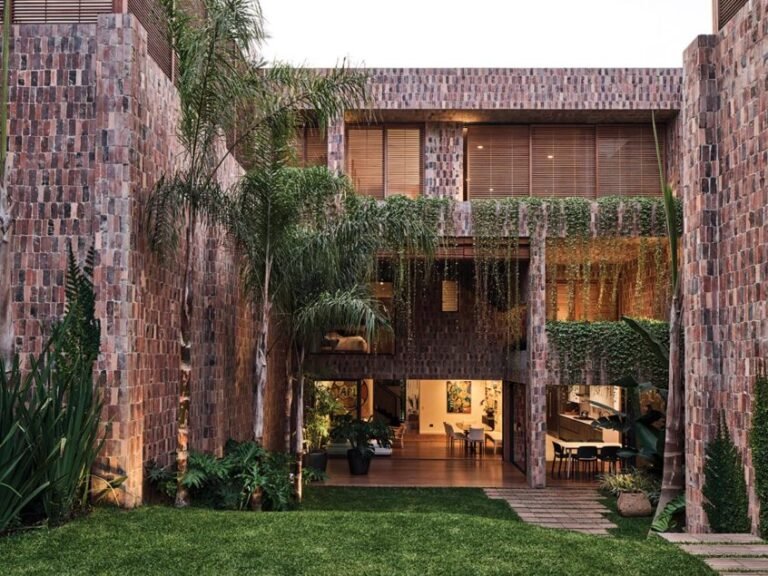Qaammat Pavilion // Konstantin Arkitekter
Text description provided by the architects.
Located in Sarfannguit, a cultural landscape in West Greenland and a UNESCO World Heritage site since 2018, the Qammat pavilion by Konstantin Ikonomidis is designed to celebrate and promote the Inuit intangible cultural heritage and traditional knowledge of the environment. Characterized by the two fjords that meet on Sarfannguit’s eastern tip on the hills, the pavilion’s location has been carefully chosen by the local community, site manager Paninnguaq Fleischer-Lyberth and architect Konstantin Ikonomidis for its impressive view over the Sarfannguit municipality.
Set on the planned trail between Sarfannguit and Nipisat, this site-specific installation will serve as a landmark and a gathering point and dissemination site in Sarfannguit, where the World Heritage site’s beautiful surroundings can be experienced by locals and visitors to the village.

© Konstantin Arkitekter

© Konstantin Arkitekter
The Fjeld pavilion is designed as a poetic and aesthetic object, but most importantly as a symbolic gesture acknowledging the natural site and rich history, the distinctiveness of the Greenlandic culture, and the spiritual sensibilities rooted in Sarfannguit.
The pavilion is anchored in the rocky terrain. Drilled into the ground with 40-mm holes, the foundation is constructed with rock anchors in the exact same way that every typical house in the settlement is.

© Konstantin Arkitekter

© Konstantin Arkitekter
Attached to the upper part of the metal poles is a custom made stainless steel bracket with a circular geometry. The metal bar is fully horizontal and the poles vary in length according to the terrain. The curving walls, constructed in glass blocks, form a linear pathway open at both ends, which serves as entrance to the pavilion.One of the more distinctive features of the structure is its glass ‘shell’, its play oftransparencies, scale and weight, resulting in a feeling of surreality.Konstantin Ikonomidis collaborated with Faidra Oikonomopoulou and TelesillaBristogianni from TU Delft University on the research for binding techniques for the glass blocks developed by WonderGlass and adhesives produced by Dow Inc.

© Konstantin Arkitekter

© Konstantin Arkitekter
The glass will absorb and fluctuate light, and seen from a distance, it will reflect the colours of the surroundings, the seasons, the passing of time. Through these multitudes of reflections and abstractions on the terrain, the pavilion will generate the effect of a bigger space and form diverse experiences.The Qaammat pavilion can simultaneously alter the viewer’s perspective, merge, and even vanish into the surrounding topography.Architect:Konstantin Ikonomidis, Arkitekt maaKonstantin ArkitekterSite manager, UNESCO World Heritage Site, Aasivissuit – Nipisat:Paninnguaq Fleischer LyberthCollaborator:Sisimiut Museum (Sisimiut Katersugaasiviat)Glass: WonderGlassAdhesive: Dow IncResearch on binding techniques and adhesives:Konstantin Ikonomidis in collaboration with R&D Glass system: TU Delft, Faculty of Architecture and the Built Environment – Faidra Oikonomopou-lou and Telesilla Bristogianni with the help of Mariska van der Velden.Photography: Julien Lanoo.

© Konstantin Arkitekter

© Konstantin Arkitekter


